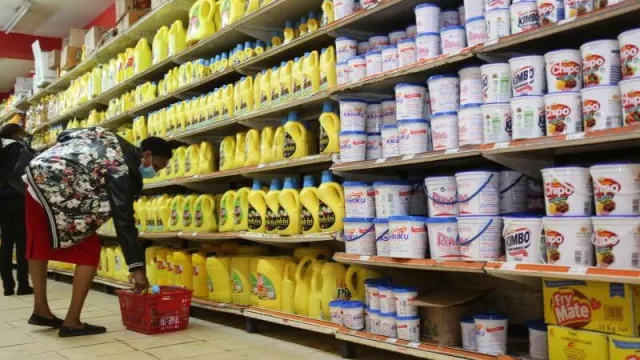Rising food, fuel prices push inflation to 8.5 percent in August

Rising food, fuel prices push inflation to 8.5 percent in August
Kenya's economy continues to post some of the worst inflation figures in recent years after official data released by the Kenya National Bureau of Statistics (KNBS) showed the measure of living cost jumped 20 basis points to 8.5 percent in August from 8.3 percent in July.
Rising inflation is set to compound economic distress for consumers in Kenya who are already battling surging commodity prices coupled with the pressure from a depreciating shilling.
Statistics supplied by the KNBS Wednesday showed inflation pressed on in August on account of soaring costs of food, fuel, housing, transport and other fundamental goods and amenities.
Relative to August last year, the prices of food items have shot up 15.3 percent, while the average cost of furniture and typical household equipment has increased 10.3 percent year-on-year.
Transport costs went up 7.6 percent while utilities such as water, fuel and electricity were billed 5.6 percent higher last month compared to a corresponding month last year.
The highly demanding cost of living has roused public ire prompting the government to intervene with measures to ease the burden for weary consumers.
Read also: As interest rates remain low, banks are finding new areas of investments
For instance, the government has supported a fuel subsidy program that guzzles tens of billions every month to keep the prices of petroleum products in an acceptable range for consumers.
Somewhat missing in action is the Central Bank of Kenya whose chief role is to rein in inflation by raising interest rates to discourage spending and lower commodity prices in the long run by putting a damper on demand.
CBK’s Monetary Policy Committee last raised interest rates by 50 basis points in May to leave the base lending rate at 7.50 percent.
In the subsequent months, inflation has steadily risen to 7.9 percent in June, 8.3 percent in July and 8.5 percent in August, but the CBK has maintained the key lending rate since May.
The synergy of 5-year high inflation and the devaluing shilling is set to further pile the pressure on consumers who have endured the sharpest living cost rise in about half a decade.



